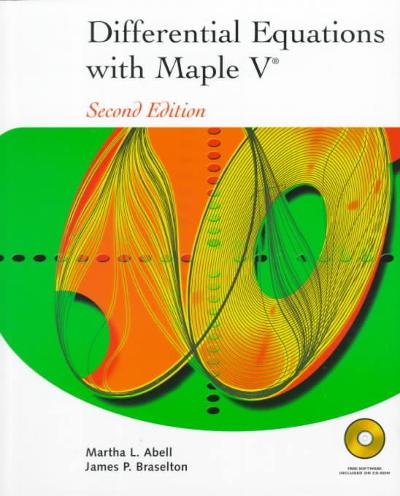Researchers at the University of Washington and Harvard University analyzed records of breast cancer screening and diagnostic evaluations. + Discussing the benefits and downsides of the screening process, the article states that although the rate of false-positives is higher than previously thought, if radiologists were less aggressive in following up on suspicious tests, the rate of false-positives would fall, but the rate of missed cancers would rise. Suppose that such a screening test is used to decide between a null hypothesis of Ho: no cancer is present and an alternative hypothesis of Ha: cancer is present. (Although these are not hypotheses about a population characteristic, this exercise illustrates the definitions of Type I and Type II errors.) (a) Would a false-positive (thinking that cancer is present when in fact it is not) be a Type I error or a Type II error? O Type I O Type II (b) Describe a Type I error in the context of this problem, and discuss the consequences of making a Type I error. Doctors may come to the conclusion that cancer is present when, in fact, it is not. Treatment may be started when, in fact, it is not necessary. Doctors may come to the conclusion that cancer is present when, in fact, it is not. No treatment will be prescribed when, in fact, treatment is necessary. Doctors may come to the conclusion that no cancer is present when, in fact, it is present. No treatment will be prescribed when, in fact, treatment is necessary. Doctors may come to the conclusion that no cancer is present when, in fact, it is present. Treatment may be started when, in fact, it is not necessary. (c) Describe a Type II error in the context of this problem, and discuss the possible consequences of making a Type II error. Doctors may come to the conclusion that cancer is present when, in fact, it is not. Treatment may be started when, in fact, it is not necessary. Doctors may come to the conclusion that cancer is present when, in fact, it is not. No treatment will be prescribed when, in fact, treatment is necessary. Doctors may come to the conclusion that no cancer is present when, in fact, it is present. No treatment will be prescribed when, in fact, treatment is necessary. Doctors may come to the conclusion that no cancer is present when, in fact, it is present. Treatment may be started when, in fact, it is not necessary. (d) Recall the statement in the article that if radiologists were less aggressive in following up on suspicious tests, the rate of false-positives would fall but the rate of missed cancers would rise. What aspect of the relationship between the probability of a Type I error and the probability of a Type II error is being described here? decreasing the probability of a Type II error involves increasing the probability of a Type I error decreasing the probability of a Type II error involves decreasing the probability of a Type I error







